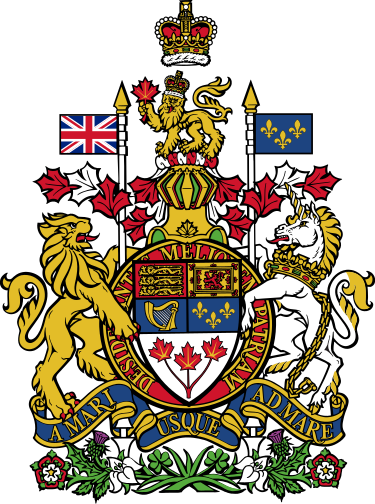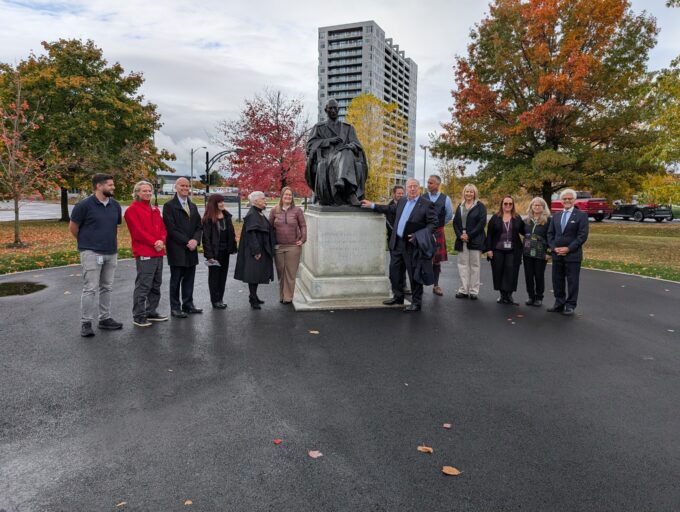Battle of Trafalgar Prize Book (1806-1807) In cooperation with the National Museum of the Royal Navy, FMP has digitized one of only two surviving copies of this historic document. These 17,050 records list sailors who received payments after the battle. Was your ancestor at Trafalgar?.
Battle of Trafalgar 1805 Naval Records Beyond the Prize Book, find 18,115 additional naval records, including muster rolls, pay records, and service details from ships involved in the battle.
John Northwood, a Marine who served on HMS Victory at Trafalgar, is recorded as born in Pattingham, Staffordshire, in 1774. Although the connection isn’t apparent, Pattingham is where my Northwood ancestry goes back to the 16th century.
Photo Collection From the 1890s through 1960s, 300 photos were added of streets, workplaces, and classrooms. The collection now has 14,411 photos. Dig in to find advanced search functions.
Queensland Brands Directories (1920-1952) The 3,037 new records document livestock brands and property ownership.
British Newspapers 254,727 pages added this week, including six new titles and updates to fifteen existing publications with dates ranging from 1857 to 2004..
New titles:
* Aston Times, 1886–1895, 1899–1901
* Illustrograph (Dublin), 1894–1899
* Irish Golfer, 1899–1900
* Midland Gazette and Mansfield Times, 1857–1871, 1873–1885
* Mid-Surrey Gazette, 1878–1879, 1881–1899
* Sports and Play, 1889, 1891
Updated titles:
* Bellshill Speaker, 1995–2004
* Bournemouth Graphic, 1921–1930
* Buchan Observer and East Aberdeenshire Advertiser, 1986
* Daily Review (Edinburgh), 1861, 1865, 1868, 1885
* Dundee Weekly News, 1989, 1991
* Forfar Dispatch, 1995–2004
* Helensburgh News, 1887–1891
* Home News for India, China and the Colonies, 1881–1889
* Irish Church Advocate, 1886–1889, 1891
* Kilsyth Chronicle, 1938–1943, 1946–1947, 1949–1950, 1994–2004
* Kirkintilloch Herald, 1995–2004
* Musselburgh News, 1989, 1994–2004
* Pudsey & Stanningley News, 1986–2004
* Stornoway Gazette and West Coast Advertiser, 1995–2004
* Wigan Evening Post, 1991, 1995–1996, 1998–1999



 The most recent census released for England and Wales, taken on Sunday 19 June 1921, is now available as a transcript to MyHeritage subscribers.
The most recent census released for England and Wales, taken on Sunday 19 June 1921, is now available as a transcript to MyHeritage subscribers. 


